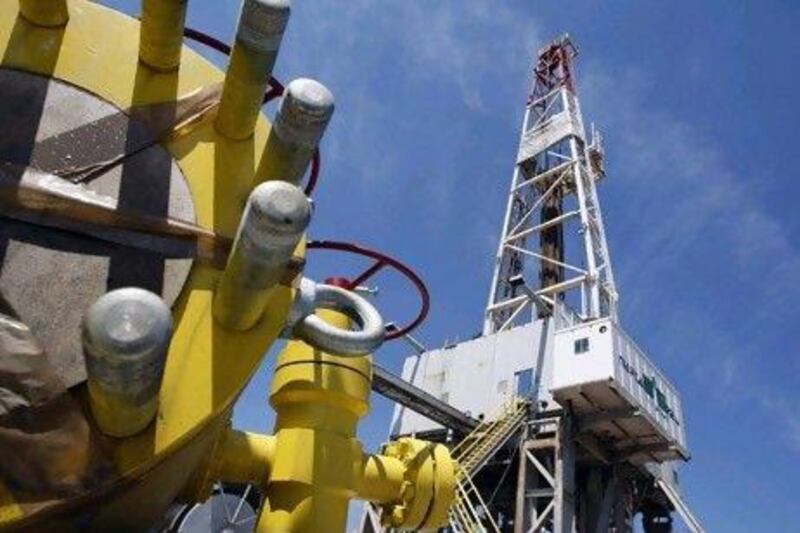Washington has boosted its estimate of the world's recoverable natural gas by more than 40 per cent after assessing shale gas deposits in 32 countries outside the US.
The Energy Information Agency (EIA), the independent data and analysis arm of the US department of energy, now calculates there could be at least 9.27 quadrillion, cubic feet (cu ft) of gas worldwide that could be pumped economically at current prices, up from its previous estimate of 6.62 quadrillion cu ft of reserves.
The agency has added 5.76 quadrillion cu ft of shale gas in overseas deposits it deems likely to be exploited to its estimate of an 862 trillion cu ft of such resources in the US.
The EIA did not include the substantial shale gas deposits thought to exist in Russia, the Caspian region or the Middle East in its assessment, on the grounds that those regions have such large conventional gas reserves that they were unlikely to invest in shale gas projects.
"It's an unusual statement. We don't really say we know better than the countries we assessed," said Fawzi Aloulou, the author of the new EIA report on world shale gas, told the Dubai Global Energy Forum on Tuesday in a preview.
Mr Aloulou will brief the White House on the study's findings in coming days.
The report indicates the presence of significant exploitable shale gas deposits in South America, North Africa, South Africa, Europe, China, India, Australia and along the southern border of Anatolia, the Asiatic region of Turkey.
When and how those resources could be developed is likely to depend as much on politics and financing opportunities as technology, Mr Aloulou suggested.
The North African shales assessed by the EIA are located in the Ghadames basin of east Algeria, southern Tunisia, west Libya and in east Libya's Sirte basin.
Pioneering work by George Mitchell, the Texan founder of Mitchell Energy, established shale gas could be tapped by combining two existing oilfield technologies.
The discovery has transformed the US energy scene since 2006, the year Mr Mitchell's company started pumping gas from the prolific Barnett Shale in Texas, using horizontal drilling and hydraulic fracturing to access thin reservoirs and release their gas by breaking up the rock underground.
Since then, annual US shale gas output has risen twelvefold to 4.7 trillion cu ft last year.
US gas imports, mainly from Canada, shrunk from about 17 per cent of total domestic demand to 11 per cent by 2009. They are expected to dwindle to 1 per cent in the next two decades, making the US effectively independent in gas. "The pipeline from Canada will not be idle but it will be utilised at a very low rate," Mr Aloulou predicted.
While the US once paid US$15 (Dh55.09) per million British thermal units (btu) for liquefied natural gas (LNG) from Qatar, those supplies must now compete with US gas priced at about $4 per million btu at the Henry Hub market in Louisiana.
"We now expect Henry Hub prices still to be less than $5 by 2020," Mr Aloulou said. "Forget about $15 per million btu."
The EIA's latest long-term forecast predicts US annual shale gas output will rise to 12 trillion cu ft by 2035, accounting for 45 per cent of total gas production.
The Marcellus Shale, conveniently located close to major markets in and around New York, would overtake the Barnett to become the nation's most prolific gas deposit.
With its gas no longer needed by its neighbour, Canada is developing one or more Pacific coast terminals to export LNG to Asia. The feedstock would come from the country's own large shale gas deposits in its western province of British Columbia.
Those supplies and new LNG exports from Australasia may be destined to compete with LNG from Qatar in Asia, the emirate's most important market.





